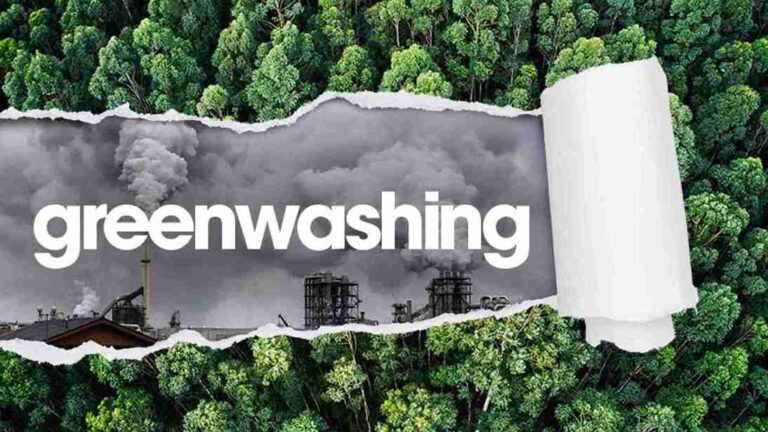
Life Cycle Assessment Services ,Environmental Sustainability Services, Carbon Footprint Services, Environmental Impact Assessment Services, Sustainability Report Services, Environmental Product Declaration Services, Green Technology Services, Lifestyle For Environment Services, Measuring Carbon Footprint Services, Green Building Certification Services, Environmental Audit Services , Water Footprint Services

Lost in the Green Maze: Navigating Environmental Regulations
Businesses today find themselves immersed in a complex regulatory landscape, often referred to as the “green maze“. This intricate network of environmental regulations, standards, and consumer expectations can be overwhelming. Let’s decode the complexities and explore how businesses can chart a course through this complex and ever-changing environment.
Unmasking the Green Maze
The green maze is composed of a tangled web of environmental laws, policies, and standards imposed at local, national, and international levels. From the stringent regulations of the European Union to the evolving landscape in the United States, companies face a daunting task in ensuring compliance.
Adding to the complexity is the growing concern over greenwashing – the deceptive practice of misleading consumers about a product’s environmental impact. As regulatory scrutiny intensifies, businesses must substantiate their sustainability claims with concrete evidence.
Finding Your Way Through the Green Maze: Sustainability Reporting
Sustainability reporting has emerged as a critical component of navigating the green maze. Frameworks like the EU’s CSRD mandate transparency in environmental performance. However, the sheer volume and variety of reporting standards can create confusion. To simplify this process, businesses should adopt a phased approach, starting with core metrics and gradually expanding their reporting scope.
Engaging environmental consultants can be invaluable in this journey. Their expertise in data collection, analysis, and report preparation can significantly streamline the process.
Consumer Compass: A Guide Through the Green Maze
Consumers are increasingly environmentally conscious, making their preferences a critical factor in navigating the green maze. Businesses that genuinely prioritize sustainability and effectively communicate their efforts can gain a competitive edge.
Transparency is key. Consumers appreciate companies that openly discuss their environmental impact and the steps they’re taking to reduce it. Additionally, pricing strategies that reflect the environmental costs and benefits can foster trust and loyalty.
Beyond the Maze: A Sustainable Future
Successfully navigating the green maze requires a long-term perspective. It’s about embedding sustainability into the core of business operations, from product design to supply chain management. This involves setting ambitious environmental goals and regularly assessing progress.
To achieve this, businesses must cultivate a culture of sustainability throughout the organization. This involves empowering employees to identify and implement environmentally friendly practices, fostering collaboration across departments, and aligning sustainability initiatives with overall business objectives.
Moreover, building strong relationships with stakeholders is crucial. Engaging with customers, suppliers, investors, and communities helps to identify shared sustainability goals and develop collaborative solutions. By fostering transparency and open communication, businesses can build trust and enhance their reputation as responsible corporate citizens.
The Role of Expert Guides: Environmental Consultants
Environmental consultants are essential partners in navigating the complexities of environmental regulations and sustainability. Their expertise encompasses a broad spectrum, from understanding the intricate details of various regulatory frameworks to conducting comprehensive environmental assessments.
- Regulatory Compliance: Consultants help businesses interpret complex regulations, identify potential compliance gaps, and develop strategies to ensure adherence to environmental laws. This includes obtaining necessary permits, conducting audits, and implementing corrective actions where needed.
- Sustainability Reporting: With the increasing demand for transparency and accountability, consultants play a crucial role in assisting businesses with sustainability reporting. They help select appropriate reporting frameworks, gather relevant data, and prepare high-quality reports that effectively communicate environmental performance to stakeholders.
- Environmental Assessments: Consultants conduct thorough assessments to identify potential environmental impacts of business operations or projects. They employ scientific methodologies to collect and analyze data, providing valuable insights for decision-making. These assessments help businesses mitigate risks, comply with regulations, and demonstrate their commitment to environmental stewardship.
- Strategic Guidance: Beyond compliance and reporting, environmental consultants offer strategic advice to help businesses integrate sustainability into their core operations. They assist in developing long-term sustainability plans, identifying opportunities for innovation, and implementing sustainable practices across the value chain.
Emerging from the Maze: A Sustainable Tomorrow
Navigating the green maze is undoubtedly challenging, but it also presents immense opportunities. By understanding the regulatory landscape, prioritizing sustainability, engaging consumers, and leveraging expert guidance, businesses can not only mitigate risks but also drive innovation and growth.
Embracing sustainability is no longer just an ethical imperative; it’s a strategic necessity. By transforming challenges into opportunities, businesses can emerge from the green maze as leaders in a sustainable future.